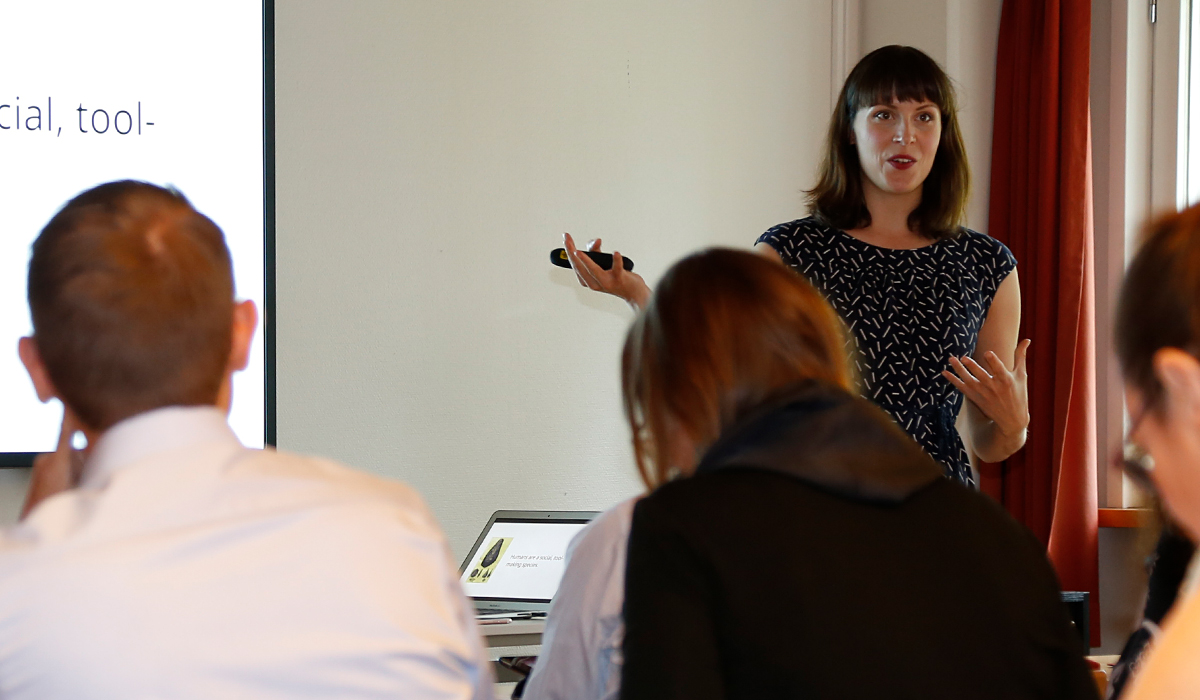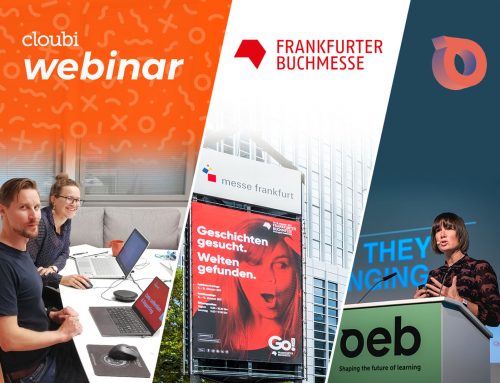How is successful and effective learning really facilitated in a digital – or, in fact, in any – learning environment? To answer this question, we wanted to hear the thoughts of cognitive neuroscientist Katri Saarikivi from the University of Helsinki. Saarikivi spoke about how neuroscientific understanding of the components of successful learning and collaboration can be taken into account and help build fruitful digital learning environments.

Future skills
In a world where more and more work can be automated and simpler tasks can be left for computers to do, man will be left with the more complicated problems to solve. For this we need problem-solving skills, and creativity is the key to the human superiority in solving problems. Furthermore, these tough problems are for no man to solve alone so good collaboration skills will become increasingly important.
Nurture creativity
Based on scientific evidence, a digital learning environment should foster four things: It should fuel 1. Curiosity with the presence of 2. Confusion and 3. Inconsistent performance. Curiosity enhances learning; it doesn’t only make the brain absorb information more effectively but also helps to remember the information more effectively. We were happy to hear that Katri, who studied some Cloubi products prior to her talk, found learning materials created with Cloubi to leave plenty of room for curiosity as they allow the learner to navigate the content in a self-directed manner. Empowering the learner by letting him or her make choices in the learning process is also a highly motivational factor for learning. Finally, digital learning should encourage and foster 4. Interaction between individuals.
Interaction and empathy
Several studies show that learning together with other learners yields good learning results. The feeling of a shared context and shared experience enhances motivation, as do social rewards. Thus, it is fruitful to increase the interactive components in digital learning environments to make them engaging and appealing to the users. Indeed, Cloubi is built on the notion that high levels of interaction in digital learning products can increase engagement and motivation and it offers a broad toolset to support this functionality.
When successful teams have been studied, it is the quality of interaction in the team that has been the best measure for its problem-solving skills. Problem-solving skills, in turn, rely heavily on empathy skills. If we want to help people to learn together in a more efficient way these are the skills we need to foster in the environment where learning takes place. It’s a common misconception that empathy is a trait you are either born with or not. In reality, empathy is a set of skills that can be learnt and practised.
Online empathy
How does empathy work online? We are less able to understand other people’s thoughts and feelings when we are online. Present technology is still lacking tools to take human emotions into consideration. The research project NEMO (Natural Emotionality in Digital Interaction) lead by Katri at the University of Helsinki is looking into emotion technology that could contribute to making collaboration more effective online. We are very much looking forward to hearing further results from their studies and collaborating in the future!





